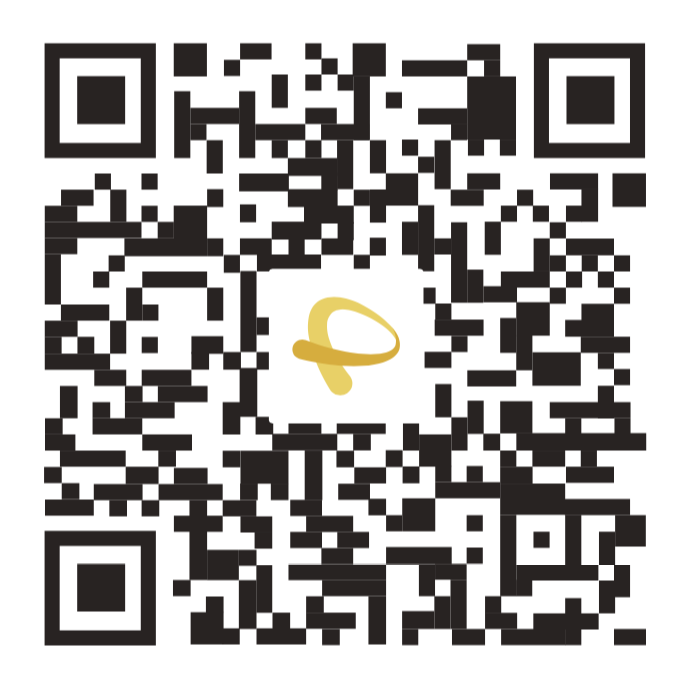How to Register a Cross-Border Payment Account
Global Payment
As global trade continues to thrive, having an efficient and secure cross-border payment account is essential for businesses and individuals alike. This guide provides a detailed overview of the registration process, along with practical tips to help you get started effortlessly.

Overview of the Cross-Border Payment Account Registration Process
Registering a cross-border payment account typically involves the following key steps:
-
Choose a platform: Select a reliable cross-border payment service provider.
-
Create an account: Fill out the registration form on the platform's website or app.
-
Submit documents: Upload the required identification and business documents.
-
Verify your identity: Complete verification steps to ensure account security.
-
Activate your account: Link your bank account or conduct a small test transaction to activate.
Choosing the Right Cross-Border Payment Platform
With many cross-border payment platforms available, choosing the right one for your needs is critical. Consider these factors:
-
Global coverage: Ensure the platform supports the countries and currencies you operate in.
-
Transparent fees: Look for clear fee structures, including transaction and withdrawal fees.
-
Security and compliance: Opt for platforms with strong industry certifications (e.g., PCI DSS) and encryption technologies.
-
Additional features: Such as multi-currency accounts, quick withdrawals, and business payment tools.
Recommended platform: PhotonPay
PhotonPay offers comprehensive global payment solutions, supporting multiple currencies, efficient account management, and real-time settlements—ideal for cross-border businesses. It's innovative core products include Global Accounts, Card Issuing, Online Payments, Payouts, FX Management and Embedded Finance. PhotonPay has become a Mastercard issuer in Hong Kong and the fintech card issuer in the Greater China region of Discover® Global Network.
With a strong compliance culture and technological innovation capabilities, PhotonPay is building a digital payment network to take the friction out of global payments and enhance operational efficiency for businesses operating on a global scale.
Headquarters in Hong Kong and providing localized services through eight international offices, PhotonPay partners with a network of top-tier banks and global financial institutions and serves more than 200,000 enterprises globally.
Required Documents for Cross-Border Payment Account Registration
To register successfully, prepare the following essential documents:
-
Personal identification: Passport or ID card, valid and legible.
-
Business registration documents: For corporate accounts, such as a business license or incorporation certificate.
-
Bank account details: Provide accurate account numbers and bank information for transactions.
-
Tax information: Taxpayer identification number or VAT registration (country-specific).
-
Proof of business activity: Invoices or contracts to validate your business operations (if required).
Cross-Border Payment Policies in Different Countries
Cross-border payment policies vary by country, making it crucial to understand the specific requirements:
-
China: Adheres to strict foreign exchange controls, often requiring detailed transaction reporting.
-
United States: Requires tax documentation, such as W-8 or W-9 forms.
-
European Union: Complies with GDPR for data privacy and transaction transparency.
-
India: Imposes transaction caps and requires thorough bank verification for international payments.
Fees and Charges for Cross-Border Payment Accounts
Understanding the fee structure of your payment platform is essential. Common types of fees include:
-
Transaction fees: Usually a percentage of each transaction.
-
Withdrawal fees: Fixed or percentage-based fees for transferring funds to your local bank account.
-
Exchange rate margins: Hidden costs in currency conversion rates offered by some platforms.
-
Account maintenance fees: Monthly charges for account upkeep, applicable on certain platforms.
Enhancing the Security of Your Cross-Border Payment Account
Security is paramount when managing cross-border transactions. Here are some effective measures:
-
Enable two-factor authentication: Add an extra layer of login protection with SMS or app-based verification.
-
Monitor account activity: Regularly review transaction history and report any suspicious activity.
-
Avoid sharing account details: Keep your login credentials private, even from third-party service providers.
-
Use secure networks: Avoid using public Wi-Fi to access your account.
Maintaining and Managing Your Cross-Border Payment Account
Proper maintenance and management of your payment account ensure seamless operations:
-
Keep your information updated: Regularly review and update your account details, including contact and bank information.
-
Track expenses: Monitor transaction and withdrawal fees to optimize your financial planning.
-
Leverage platform tools: Utilize built-in reporting and analytics features for revenue tracking and forecasting.
Tips for Successfully Registering a PhotonPay Cross-Border Payment Account
PhotonPay users praise its streamlined registration process. Here’s why:
-
Quick registration: Set up your account in as little as 10 minutes.
-
Global reach: Access payment services in over 180 countries and regions.
-
Multilingual support: Customer service available in multiple languages to address any issues promptly.
-
Flexible settlements: Support for multiple currencies minimizes conversion losses.
With PhotonPay’s seamless services, you can focus on growing your business while they handle your global payment needs.
Ready to simplify your cross-border payments? Register with PhotonPay today and unlock a world of opportunities!
Latest Announcements
Back to the blog homepage

The Benefits of Prepaid Business Cards for Modern Businesses
Discover how prepaid business cards enhance financial control, simplify expense tracking, and empower global operations without debt.
PhotonPay
2025-07-07 08:39:12 ·
5minute(s)

Understanding Credit Card Processing Fees for Overseas Transactions
Discover the key overseas credit card transaction fees, from cross border and currency conversion fees to DCC. Learn how to cut costs with smarter payment strategies.
PhotonPay
2025-07-04 10:37:49 ·
6minute(s)

How to Trace an ACH Payment: A Complete Guide
Learn how to trace an ACH payment with this step-by-step guide. Understand ACH trace numbers, how to track transactions, and discover faster global alternatives like PhotonPay.
PhotonPay
2025-07-04 10:04:13 ·
6minute(s)
